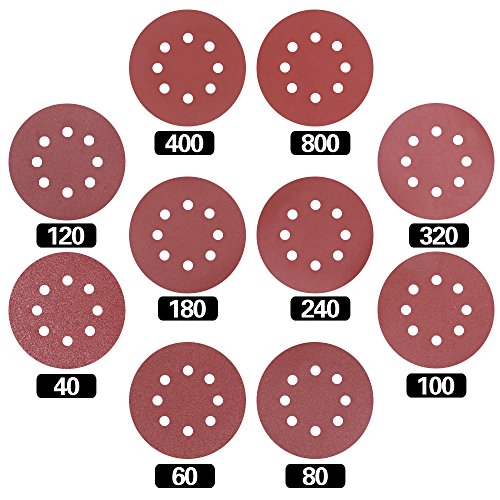

It can be polished to a wood-like sheen finish with carpenters' paste or automotive wax.WARNING: Be cautious when using course grit sandpaper because it can seriously damage the underlying surface and create large score marks in the softer materials such as wood.If you end up using the sander, exercise caution, follow the product instructions, and wear protective gear. Related: 44 Creative Sanding Tips You Need to Know Remove any sanding residue, and apply 2000-grit sandpaper to the piece to finish. If the surface is shiny, go in with a second-course sandpaper grit of 1500, and dip and polish. Step 6: Sand with Fine Grit wet sandpaper Enable the solution to dry for at least four days between coats and allow each coat to dry completely before moving on to the next. Then you can wipe and sand for a second time. Related: How Long Does Polyurethane Take to Dry Effectivelyĭo a second coat, and let it dry overnight. When the color is even all over the board, use a damp cloth to remove any excess polish. Periodically dry the wood's surface to make sure it is clean. Let the woodblock remain submerged in the water so that it remains wet. Soak the stone in the solution of soap and water. The hard sanding block would have the most significant utility.


Add two drops of dish soap to the liquid and gently mix them.Īttach a 500-grit sandpaper strip to a hand sanding sponge for rough surfaces. Pour a small tray of water into a dish with a close to the 1/2-inch thickness of water. Related: Wet Sanding Clear Coat: How Long to Wait before Wet Sanding Clear Coat? Let the product sit at room temperature for the recommended drying time. Adding extra resin to produce high-opacity products results in a clearer, semi-smooth, or slick finish than the satin or gloss products. No matter what finish you use, apply a clear finish to protect it.
#Sandpaper grit chart how to#
Related: How to Wet Sand Plastic with 7 Easy Steps? Dry sandpaper typically consists of good-grade silicon carbide, and latex-based paper also provides better stability and good heat dissipation, so it is not prone to jamming.ĭry sandpaper is used in numerous industries, such as wood processing, stone, synthetic material, and other general processing, and precision die grinding. Due to the wide clearance, trash would be shed naturally by itself by use, so water should not be applied. Dry sandpaper has a greater distance between grains and therefore produces more debris than wet. Used with sweat, the wet sandpaper grades will wear away and stay the same.ĭry sandpaper is also describing the material. The distance between sand grains of this abrasive wet sandpaper is small, and therefore, there is lots of chisel material in between the sheets. Wet sandpaper's physical characteristics include greater flexibility and increased sand particle adhesion, resulting in a more even surface and superior polishing ability. On the other hand, the high-end is most likely a form of wet sandpaper, as its substrate is most commonly made of paper. Silicon carbide is typical for wet-type sandpaper, while craft paper is standard for dry.


 0 kommentar(er)
0 kommentar(er)
